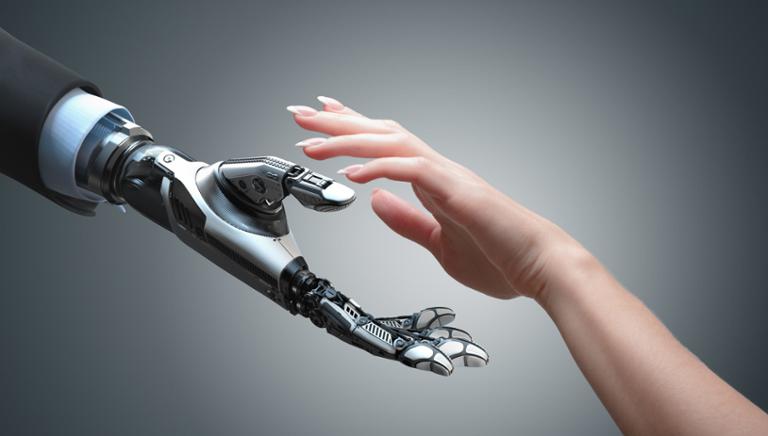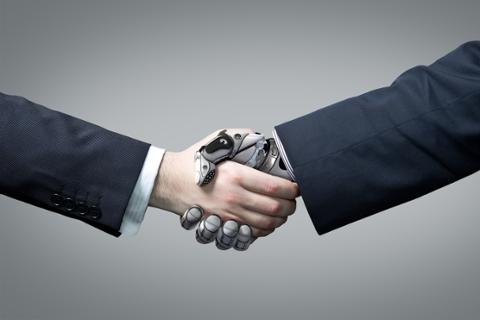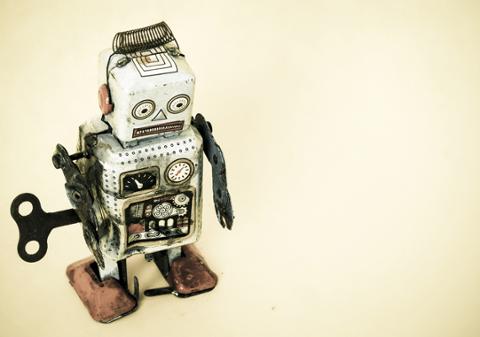Earlier this year, two partners at prominent venture-capital firm Andreessen Horowitz published an interesting blog post about artificial intelligence (A.I.). Specifically, is A.I. (and by extension, machine learning) capable of powering a sustainable business? Or is the tech industry infatuated with a technology that’s just a lot of empty hype?
It’s a worthy question as we close out 2020, considering how much money and resources companies are pouring into all things A.I.-related (often despite budget cutbacks related to the COVID-19 pandemic). Martin Casado and Matt Bornstein, the partners in question, conclude that A.I. is indeed viable—but that A.I.-centric businesses can’t operate like traditional software firms.
Specifically, A.I. companies have “lower gross margins” (due to the need for lots of expensive and talented humans, as well as infrastructure expenses), “scaling challenges” (due to edge cases), and “weaker defensive moats” (because of more A.I. tools and apps becoming commoditized, among other issues).
“Training a single A.I. model can cost hundreds of thousands of dollars (or more) in compute resources,” they wrote. “While it’s tempting to treat this as a one-time cost, retraining is increasingly recognized as an ongoing cost, since the data that feeds AI models tends to change over time (a phenomenon known as ‘data drift’).”
If the A.I. model is training on something storage-intensive like video, things get even worse. Add on top of that the cost of humans to design and wrangle the models, and you can see how any hoped-for profits from an A.I. project could quickly evaporate.
Humans in the Artificial Intelligence Loop
The entire Andreessen Horowitz posting is worth reading, especially if you’re debating whether to jump aboard an artificial intelligence startup. Amidst all the discussions of cloud-infrastructure costs and model complexity, though, one thing stands out: the overwhelming presence of human beings within A.I. systems that are supposedly becoming more and more automated.
It’s not just a question of employing people who can build and continually maintain models. “For many tasks, especially those requiring greater cognitive reasoning, humans are often plugged into A.I. systems in real time,” the posting added. “Social media companies, for example, employ thousands of human reviewers to augment A.I.-based moderation systems. Many autonomous vehicle systems include remote human operators, and most A.I.-based medical devices interface with physicians as joint decision makers.”
And there’s no end in sight to intervention: “Many problems—like self-driving cars—are too complex to be fully automated with current-generation A.I. techniques. Issues of safety, fairness, and trust also demand meaningful human oversight—a fact likely to be enshrined in A.I. regulations currently under development in the US, EU, and elsewhere.”
We’ve seen these sorts of issues cropping up already among companies with artificial intelligence products. A few years ago, for example, Google rolled out Duplex, its automated voice assistant, which it predicted would revolutionize the process of making reservations and dealing with customer service. However, journalists quickly demonstrated there were relatively straightforward ways to “stump” Duplex. As of mid-2019, 25 percent of Google Duplex calls were supposedly made by human operators as opposed to an A.I.
Now consider all the A.I.-centric (or “A.I. hopeful,” for those still trying to develop an application) businesses that don’t have Google’s talent or resources. The dream of building an artificial intelligence model that’s fully capable of performing its assigned task without any sort of human intervention—well, that’s likely years away.
Andreessen Horowitz isn’t the first firm to warn about this issue. In 2019, Arvind Krishna, IBM’s senior vice president of cloud and cognitive software, warned that A.I. initiatives could implode once companies realize how much effort is truly necessary to prep the related data. “You run out of patience along the way, because you spend your first year just collecting and cleansing the data,” he told the audience at The Wall Street Journal’s Future of Everything Festival, according to the newspaper.
In a 2018 blog posting, A.I. researcher Filip Piekniewski listed all the ways in which the artificial intelligence hype wasn’t matching with reality, including a lack of progress in Google’s DeepMind. Two years later, it’s clear that A.I. is still grinding forward as a discipline, consuming lots of cash and talent as companies hope for incremental advances.
But at least artificial intelligence researchers are still making lots of cash. And, despite these challenges, keep in mind that automation is still a long-term risk to many professions.
Ultimately, A.I. and machine learning technologies that help companies handle customer personalization and communication, data analytics and processing, and a host of other applications will continue to grow, even if it takes longer than expected to achieve seamless automation. An IDC report found three-quarters of commercial enterprise applications could lean on A.I. by next year alone, while an Analytics Insight report projects more than 20 million available jobs in artificial intelligence by 2023.
Whether you're a manager or a software developer, in other words, prepare for A.I. (even weaker A.I.) to change how you work. Make sure to review the 10 jobs that could be radically impacted by these technologies sooner than you think.



